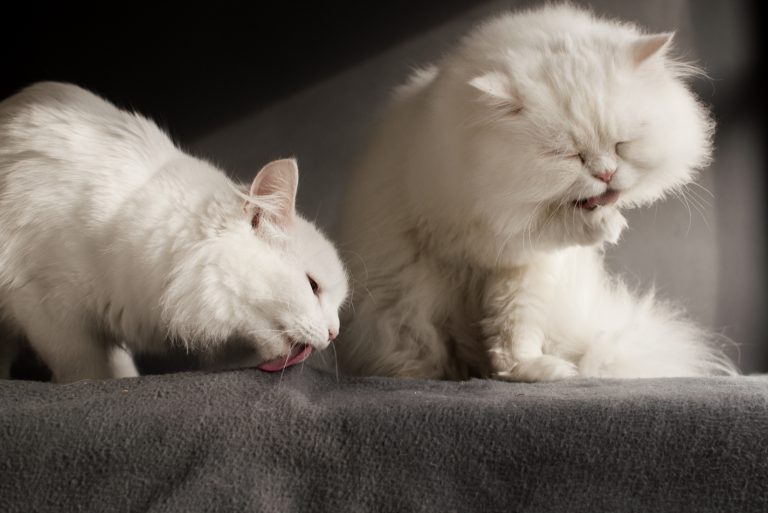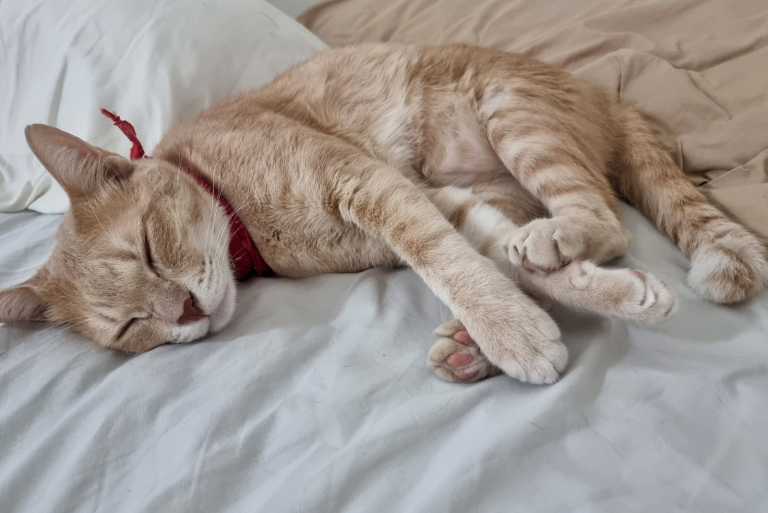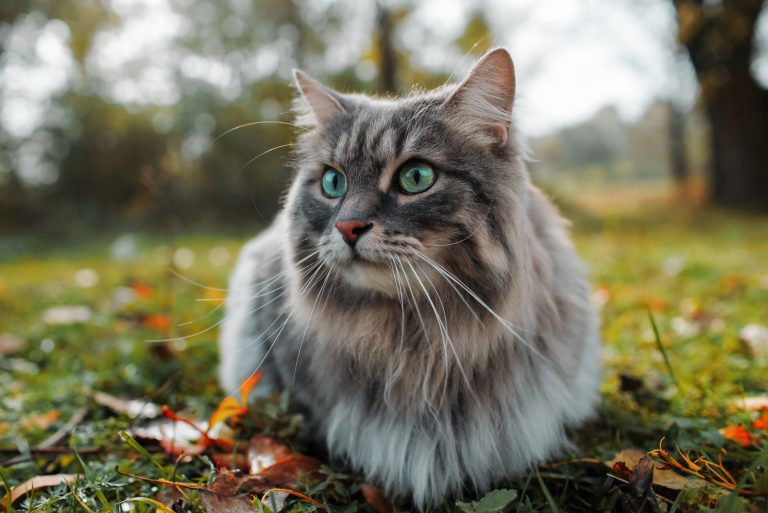15 Surprising Things Cats Hate And What To Do Instead
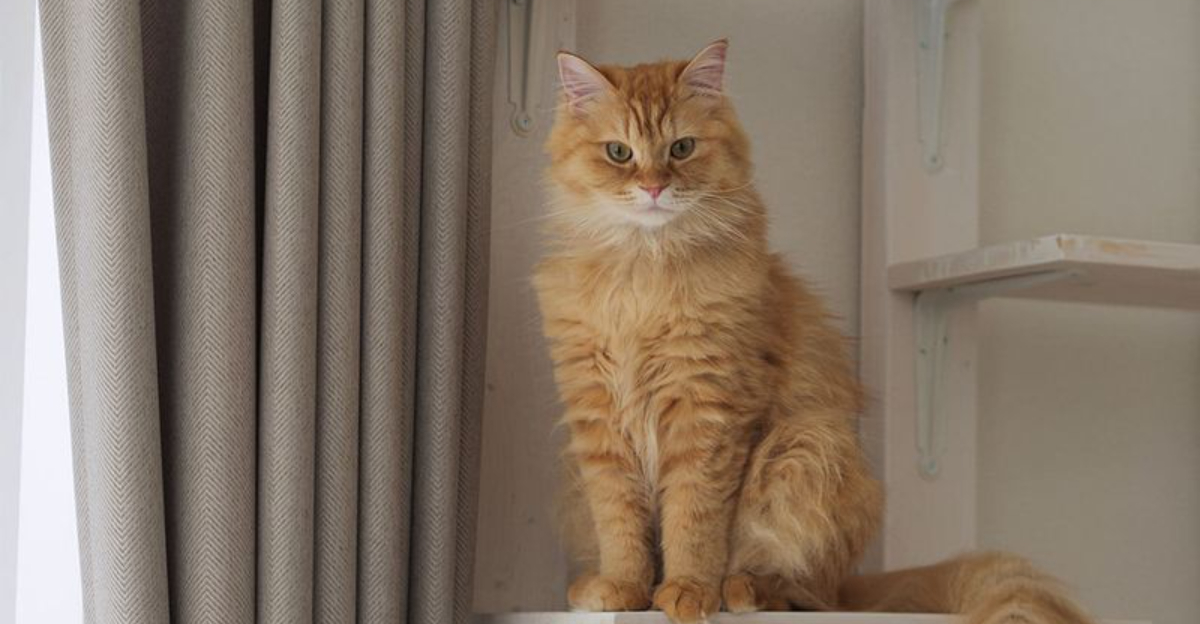
Cats are mysterious creatures with strong preferences and equally strong dislikes. Understanding what makes your feline friend uncomfortable can help create a happier home for both of you.
From everyday objects to common behaviors, these surprising cat aversions might explain why your kitty sometimes gives you the cold shoulder or suddenly darts away.
1. Getting Wet
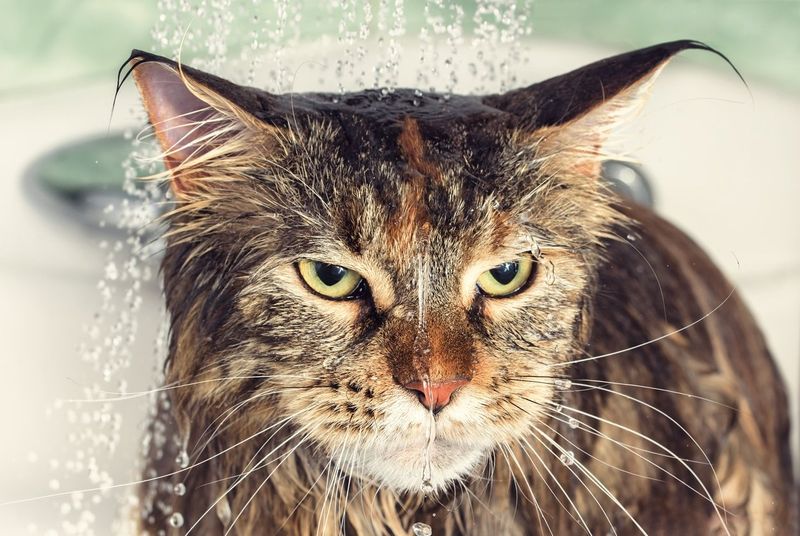
Most felines view water as their arch-nemesis. Their fur doesn’t dry quickly, leaving them feeling uncomfortably heavy and cold.
Instead of traditional baths, try pet-friendly wipes for spot cleaning. For drinking, consider a flowing water fountain – many cats prefer moving water and will stay better hydrated.
2. Loud Noises
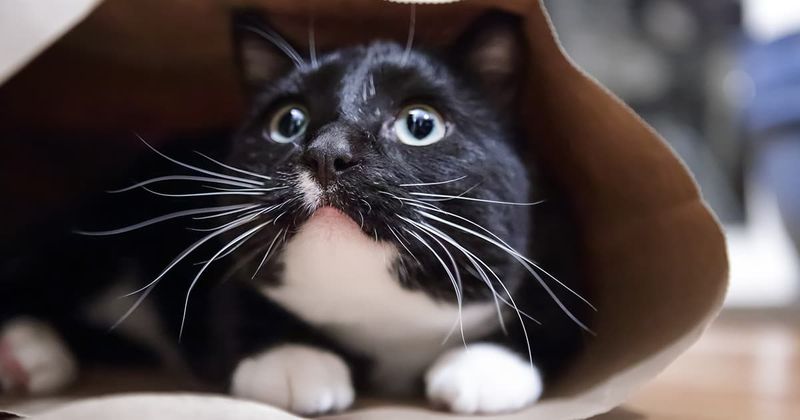
Your cat’s sensitive ears can detect sounds four times farther away than humans. Vacuum cleaners, thunderstorms, and even loud music can trigger their fight-or-flight response.
Create a quiet sanctuary in your home where your cat can retreat. Consider playing gentle background music to mask startling sounds during stressful times.
3. Strong Smells

A cat’s nose contains 200 million scent receptors compared to our measly 5 million. Citrus, mint, and many cleaning products overwhelm their sensitive noses.
Switch to fragrance-free or cat-friendly cleaning products. If you must use scented items, keep them in rooms your cat doesn’t frequent or ensure proper ventilation.
4. Being Picked Up Unexpectedly

Sudden lifting makes cats feel vulnerable and out of control. Their natural instinct is to have all four paws on solid ground for quick escapes.
Always approach slowly and give warning signals before touching. Let your cat initiate contact when possible, and respect their body language if they seem reluctant to be handled.
5. Being Forced Into A Carrier
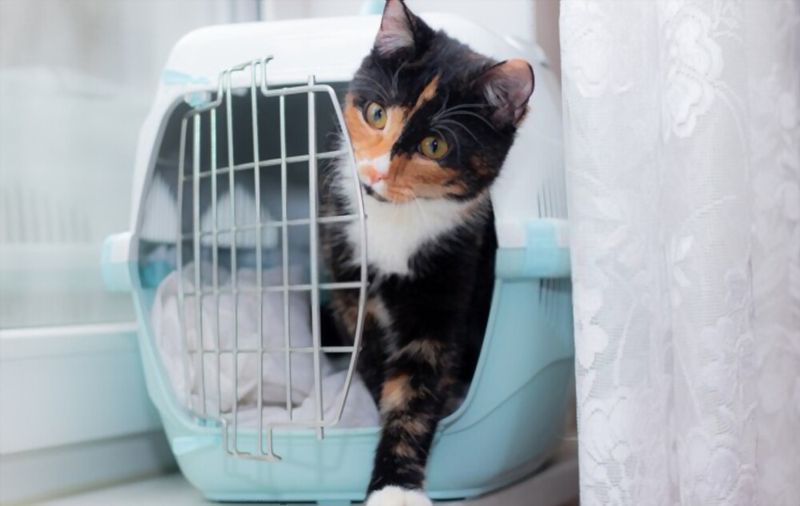
The dreaded carrier often signals vet visits or other stressful journeys. Cats remember these associations and will fight tooth and nail to avoid confinement.
Transform the carrier into comfortable territory by leaving it open at home with cozy bedding inside. Sprinkle treats or catnip occasionally to create positive associations.
6. Dirty Litter Boxes
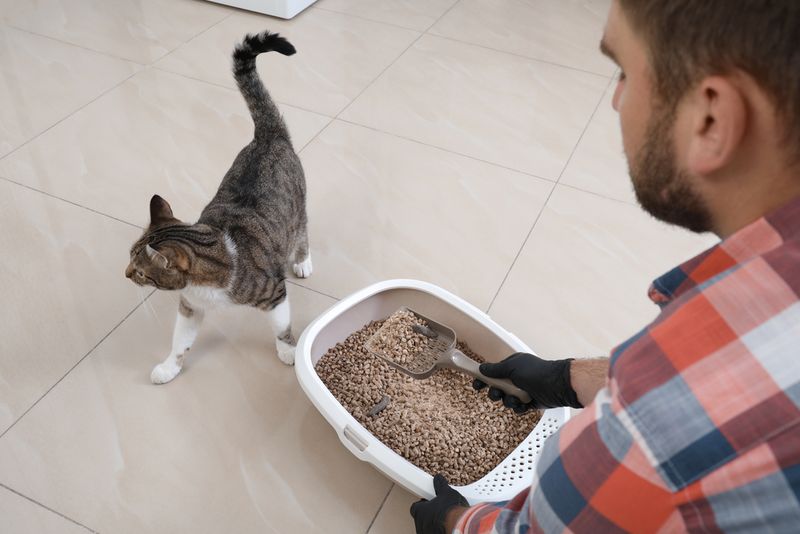
Imagine using a bathroom that hasn’t been flushed in days – that’s how cats feel about unclean litter boxes. Their powerful sense of smell makes dirty boxes particularly offensive.
Scoop daily and replace litter completely once a week. The rule of thumb: provide one more box than the number of cats in your home.
7. Changes In Routine
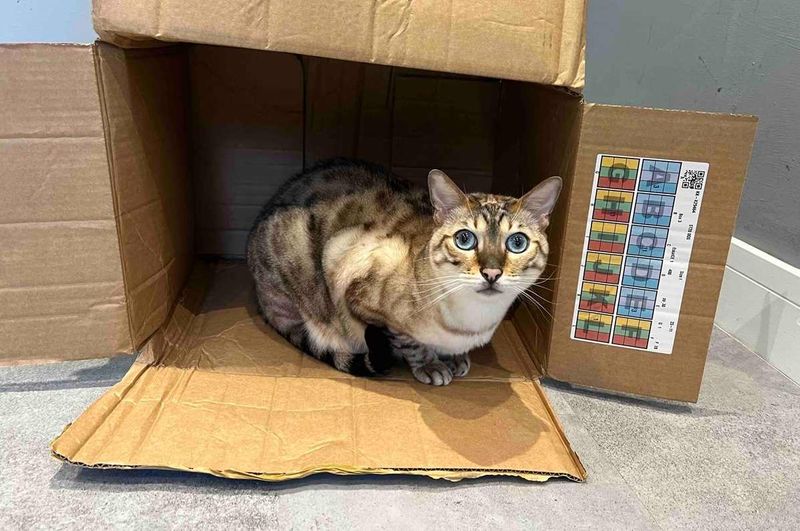
Cats thrive on predictability and can become stressed when their schedule gets disrupted. Even moving furniture can throw them off balance.
Maintain consistent feeding and play times. When changes are necessary, introduce them gradually and provide extra attention and reassurance during transitions.
8. Too Much Physical Attention
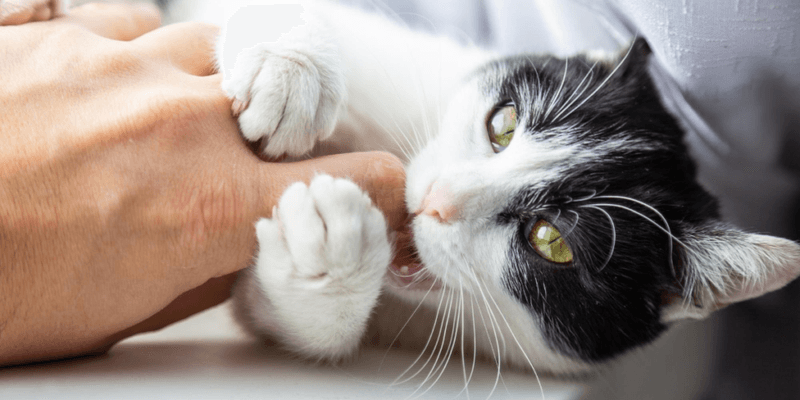
Unlike dogs, most cats prefer affection in small doses. Prolonged petting can overstimulate their sensitive nerve endings, causing discomfort rather than pleasure.
Watch for tail twitching or ears flattening – these are signs your cat needs space. Short, positive interactions throughout the day often work better than one long cuddle session.
9. Unfamiliar People And Pets

Strangers represent unpredictable threats in your cat’s territory. Their cautious nature makes them skeptical of new faces until proven safe.
Allow visitors to let your cat approach them first. Never force interactions. Having treats on hand for guests to offer can help build positive associations with new people.
10. Overstimulation
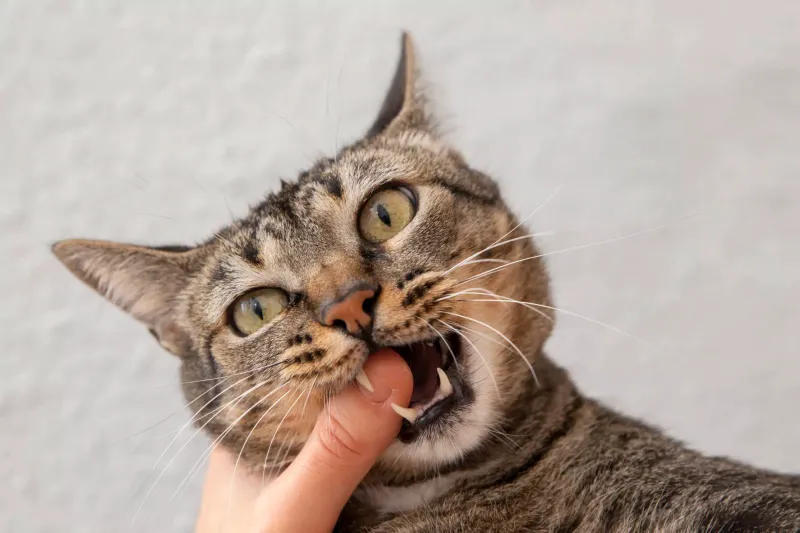
Those sensitive nerve endings in your cat’s skin can quickly go from enjoying pets to feeling irritated. That’s why seemingly content cats sometimes bite mid-petting session.
Learn to recognize your cat’s personal threshold. Watch for dilated pupils, skin rippling, or tail swishing – all warning signs that playtime or petting should pause.
11. Litter Box Location

Cats value privacy when doing their business. A box placed in a busy hallway or near noisy appliances creates stress during vulnerable moments.
Find quiet, accessible locations away from food areas. Older cats appreciate boxes on each floor of multi-level homes to accommodate mobility issues.
12. Not Having A High Place To Perch
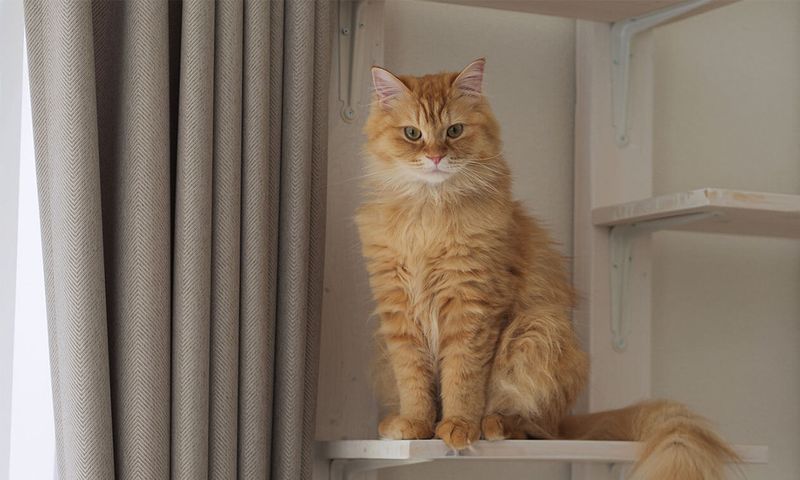
Cats are natural climbers who feel safest when surveying their domain from above. Without vertical territory, they can become anxious and insecure.
Create feline highways with cat shelves, trees, or window perches. Even clearing space on top of furniture can give your cat the elevated sanctuary they crave.
13. Lack Of Clean Water
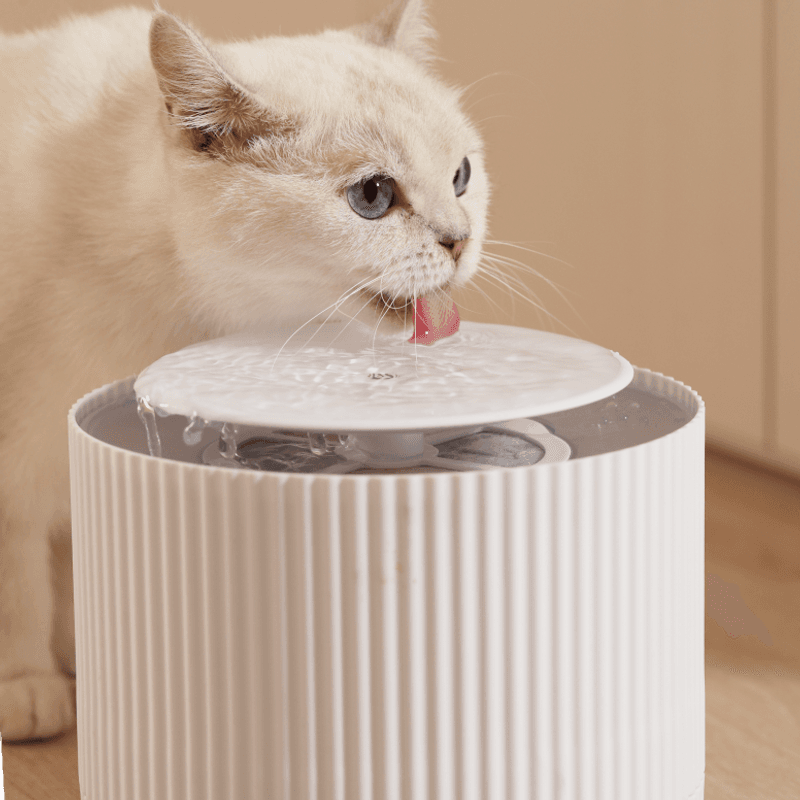
Many cats refuse to drink stagnant water that’s been sitting for hours. Their wild ancestors learned that moving water is typically safer and fresher.
Change water bowls daily at minimum. Consider ceramic or glass bowls instead of plastic, which can leave taste residues cats detect.
14. Feline Competition
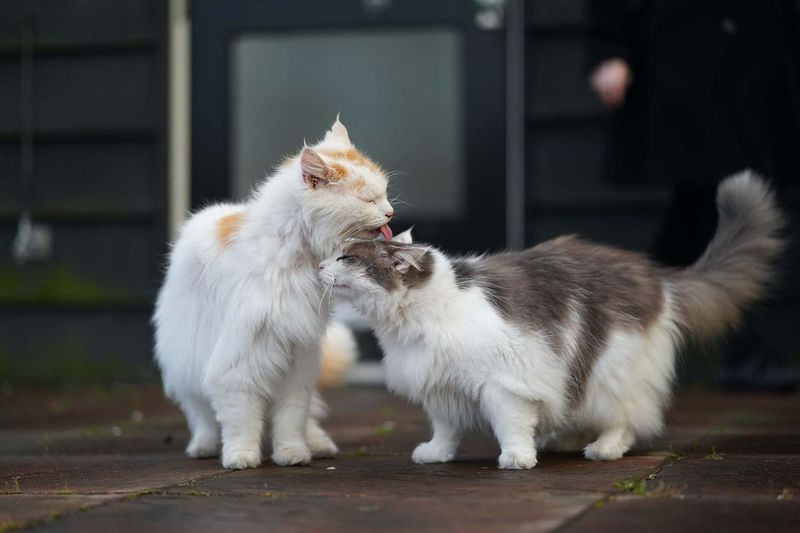
Cats are naturally territorial creatures who often prefer being the only feline royalty in their domain. Sharing resources can trigger stress and aggression.
Provide multiple feeding stations, beds, and litter boxes throughout your home. Creating separate territories within one household helps multiple cats coexist peacefully.
15. Vacuum Cleaners
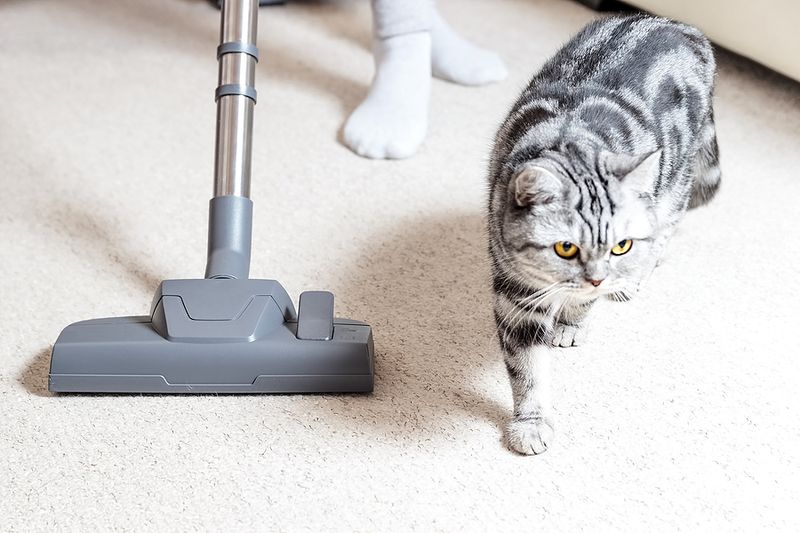
The roaring monster that invades their space combines everything cats hate: unpredictable movement, loud noise, and disruption of territory. No wonder they run for cover!
Schedule vacuuming when your cat can be in another room. Consider quieter models or robot vacuums that operate while you’re away.

